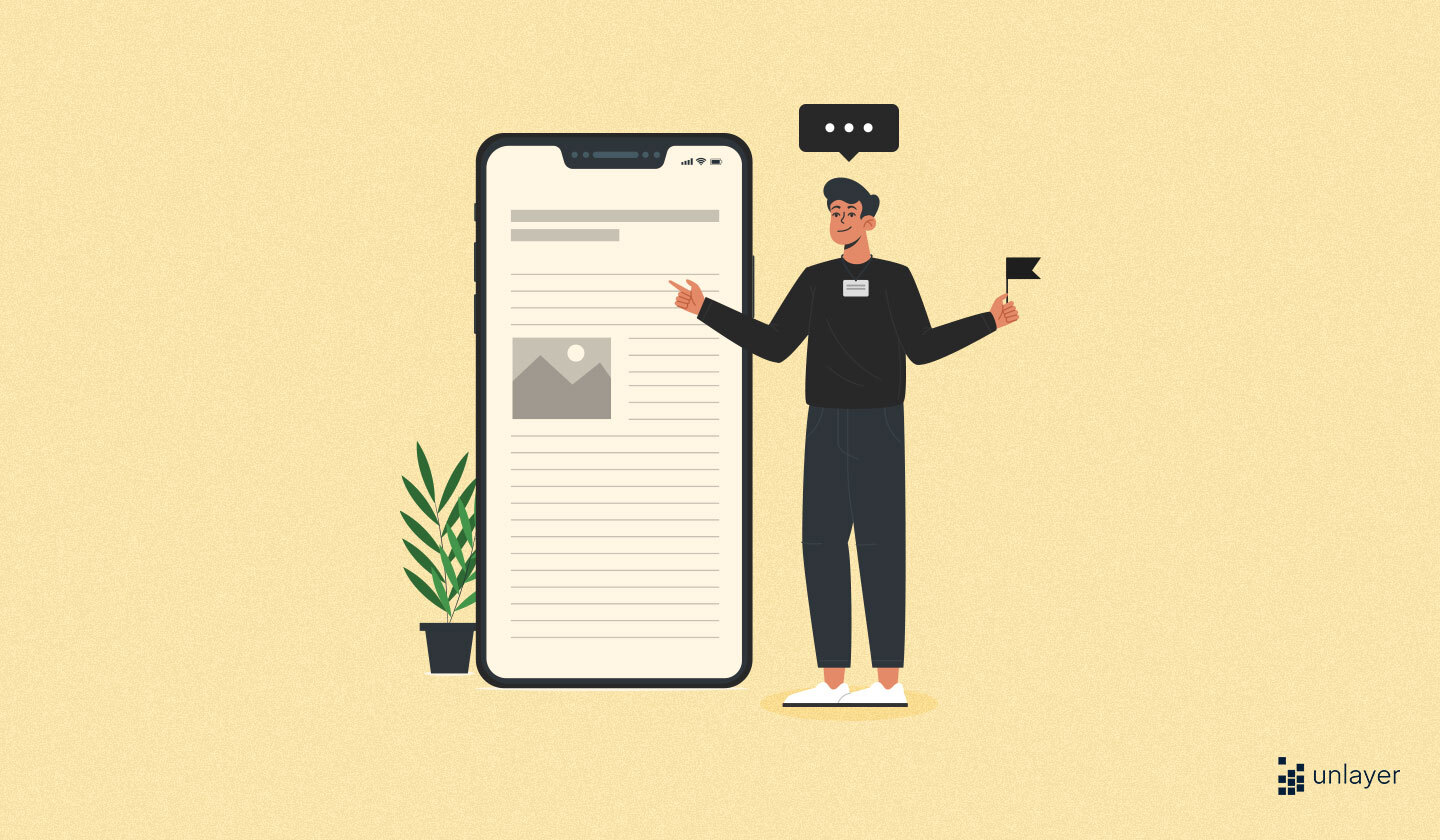“If it’s not making you money, get rid of it.”
Does the above statement sound familiar? As marketers, we’re constantly put under pressure to develop innovative strategies that deliver high returns and profits.
One channel that gets marketers excited is email marketing. But is the latter profitable, or is it all talk and no show? To determine how valuable this digital marketing medium is, it’s important to work out its cost.
This article explores the email marketing cost that you should be expecting so you can make sound financial decisions in the future.
Is Email Marketing Worth Spending on?

If you thought email marketing was dead, you wouldn’t be reading this article.
Email marketing has stood undefeated in the decades of changing market dynamics and consumer preferences ever since the first email was sent in 1978.
In fact, it has the highest Return On Investment (ROI) amongst other digital marketing channels. The latter being $44 earned against a single dollar spent. According to research, 74% of client-side marketers have rated email marketing either as ‘excellent’ or ‘good’ for achieving a high ROI.
Many might think that people today prefer social media over emails, but that’s seldom the case. 59% of consumers prefer brands to communicate with them over emails as opposed to any other channel.
It’s safe to say that email marketing is worth your time and money.
How Much Do Companies Spend on Email Marketing?
Keep your friends close, but your competitors closer. To decide how much money you should be spending on email marketing, there’s no harm in peeking at what your rival firms are paying.
On average, businesses allocate 6% – 10% of their marketing budgets on emails. As per eConsultancy, marketers designate 16% of their marketing budgets to email marketing.
Before we get to any exact figures, let’s explore how certain factors determine how much or less you will be paying for email marketing.
Which Factors Contribute to the Cost of Email Marketing?

With email marketing, there are two routes that you can take. Either you opt for in-house email marketing or outsource it to an agency. Before you’re anywhere close to making this decision, consider how the below factors impact the final cost.
1. Subscriber Size
The more the subscribers, the higher the email marketing cost will be.
Many email marketing softwares allow emails to be sent for free for a certain threshold of subscribers. As the number of subscribers increase, so does the cost of sending emails. The same is the case with email marketing agencies; they have different plans for different email lists.
This reinforces why it is crucial to ensure your email list is not filled with inactive, fake, or duplicate email addresses. A timely email audit is necessary to make sure you’re not wasting your hard-earned money.
2. Email Volume and Frequency
The different email campaigns you execute and the number of times you send emails determine how high or low your email marketing cost will be. Like subscriber size, both these factors have a positive relationship with cost, i.e., the more the campaigns and the higher the frequency, the more will be your spend.
Some agencies charge a distribution cost for each email sent. Ready for a little math?
Let’s assume; if the distribution cost is $0.03 per email and you send 1 newsletter to 10,000 subscribers in a month, then the total cost will be $300. But if you were to send the newsletter weekly, the total cost would be $1,200 (considering 4 weeks in the month). If you were to launch a promotional email in that month, you can add $300 to your total bill.
Most email marketing softwares have this cost adjusted in the multiple plans they offer. This is why you’ll see different costs associated with different campaign types and frequencies.
3. Email Design Complexity
You can’t expect to achieve a high ROI with average-looking emails. A challenging and intricate email design leads to a higher email marketing cost.
Many email marketing agencies demand a higher charge if the email design you requested requires multiple images, GIFs, or custom animations. Such hidden costs stack up at the end and put heavy pressure on your email marketing budget.
If you were to take things into your own hands and hire a graphic designer to design emails in-house, the cost would still be pretty high. The average hourly rate for a graphic designer in the US is between $25 and $150 per hour. This, coupled with the cost of hiring an email copywriter, will shoot up your labor cost significantly.
A smarter approach is to benefit from an email design tool, like Unlayer. With Unlayer, you benefit from 1,000+ email templates, a great percentage of which are completely free of cost. There is no extra charge for intricate email designs, and to top this, the user-friendly drag and drop editor can be used by practically anyone.
[

](http://unlayer.com/templates)
For email design, with Unlayer, you only need to pay the hourly cost of the email copywriter, which is between $15 and $100 on average.
4. Industry Reliance
Remember when we talked about staying close to competitors? A major determinant of your marketing strategies is what your competitors are doing and what the market demands.
If you’re in a competitive market, like the apparel, ecommerce, and food industry, the industry reliance on email marketing is high. With such high dependency, you would be expected to spend more on your email marketing efforts to increase conversions and revenue. Hence, skyrocketing your email marketing cost.
If the industry reliance is on the low, there would be less pressure on you to design and send more emails. Thus, a lower cost should be anticipated.
5. Acquisition
The acquisition cost plays a major role in how high or low your email marketing cost will be.
Okay, let’s get one thing straight; you’ll never buy (or rent) an email marketing list. If you do, your email deliverability will be on the low, and you’re at risk of getting your IP blacklisted.
If you have a sizeable mailing list already, you’re good to go with a few opt-in forms on your website. However, if you’re just starting out and literally have no one to email to, the picture is way different.
To attract subscribers, you must feature irresistible lead magnets, like an extended trial or a promotional offer. You might also gain subscribers by hosting giveaways or participating in industry events. All of these strategies will be responsible for increasing your email marketing cost.
6. Technology Needed
The technology cost is an unavoidable one. The higher the price of technology, the more will be your cost for email marketing.
Many email marketing agencies have developed their own softwares or have embedded reasonably-priced email design tools. These cost savings are then passed on to their clients, you potentially being one of them.
If you were to handle things internally and hire a graphic designer, you should be expecting hardware costs, like advanced computers and graphic tablets. The cost for email marketing softwares must also be considered, especially if you’re a medium to large business.
If you’re a small business with limited subscribers, the ball is in your court. Many email marketing softwares offer free plans for small mailing lists. Accompanied with Unlayer that has an irresistible free plan, your technology cost will be minimal.
What Email Marketing Cost Should You be Expecting?
To successfully answer this question, you first need to decide whether you’re taking the in-house or agency route. Below is my favorite way of making decisions, a pros and cons list (thank me later).
Why In-house Email Marketing?
Pros:
No hidden costs.
More control over the email execution process.
Better product knowledge.
Cons:
Lack of industry knowledge when starting out.
Cost for acquiring and training employees.
Why an Email Marketing Agency?
Pros:
Insider knowledge of what works and what does not.
More time for you to focus on your brand’s unique value proposition.
Cons:
Multiple hidden costs.
Less focused because of many clients.
Not a lot of flexibility in case of sudden emails.
So, How Much Email Marketing Cost Should You be Expecting?

With an in-house team, small to medium-sized companies can expect to spend an average of $15 to $1,000 per month. On the other hand, the estimated cost is $300 to $2,000 monthly with an agency. Large-sized companies can be expected to pay up to $12,000 per month for outsourced email marketing efforts.
It is necessary to mention here that these above-mentioned figures are estimates. The exact cost will depend on the factors discussed earlier and the location where your company is based.
Conclusion
No two businesses are the same, which is why their email marketing cost will also differ. However, the above factors and cost estimates are good starting points to determine a consistent email marketing budget along with the ROI against this digital marketing medium.





